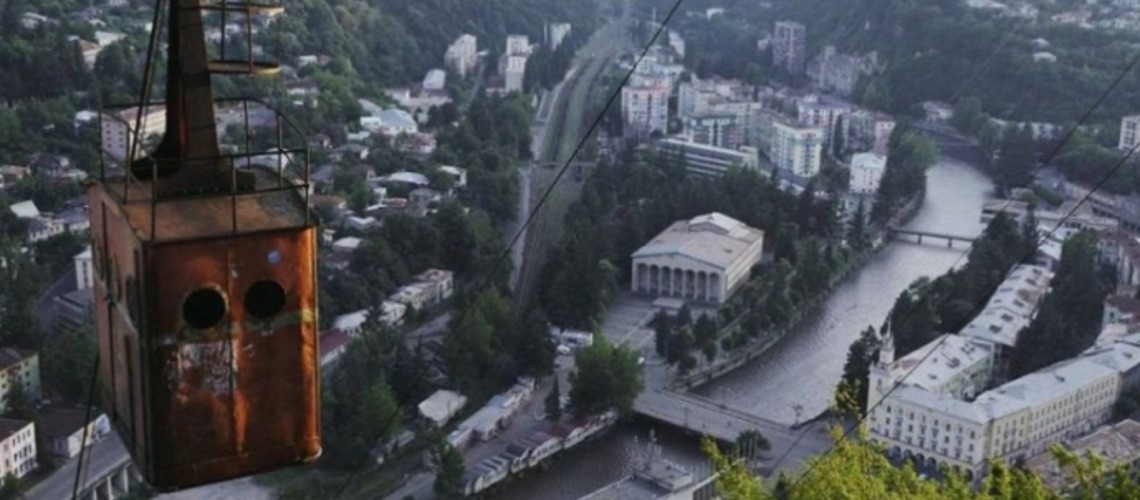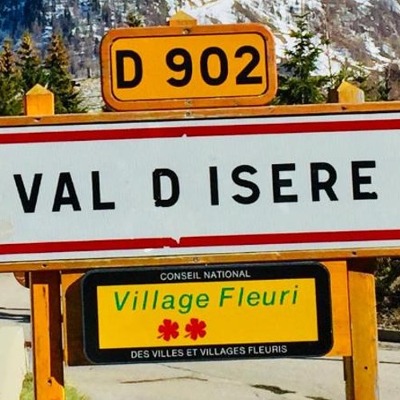Study: 80 Percent Favor Urban Cable Cars

In Latin America, cable cars are a standard feature in local transit systems. Metropolises such as La Paz, Medellin and Mexico City leverage its advantages to alleviate gridlock: no traffic jams, virtually no emissions, low noise and relatively low costs. In Germany, citizen objections are still a common reason why cable car plans founder. The planning and consulting company Drees & Sommer SE recently conducted a survey to find out why the reasons for objections and how acceptance of cable cars can be increased. The infrastructure and mobility experts of this Stuttgart-based company are also currently working on feasibility studies for cable cars in towns such as Leonberg in Germany, as well as for large industrial sites of major manufacturers.
To obtain a reliable profile of attitudes, a representative sample of over 180 persons between the ages of 18 and 80 residing in the Stuttgart region was surveyed in May 2019. The key findings: with respect to major German cities, the great majority – 83 percent – viewed the deployment of cable cars positively, particularly when it comes to linking outlying city districts. There was also widespread recognition of the advantages: 42 percent are convinced that cable cars improve public transport overall. More than half consider them uncomplicated to use when correspondingly integrated in the fare system. An equal number believe that cable cars relieve heavily congested traffic routes and 44 percent are convinced that their use reduces CO2 emissions.
From Crazy Idea to Realistic Alternative
‘Even just a few years ago, when we presented cable car concepts to urban policy makers, they asked us if we thought we were at the top of Germany’s highest peak, the Zugspitze. This has changed as the traffic situation has become increasingly severe in so many places. Cable cars save commuters a lot of time they would otherwise be stuck in traffic; they are extremely environmentally friendly; they can be constructed in a short time and are much less expensive to build than subways or suburban railways. A cable car link can also enhance development of districts that have not previously been connected to public transport,’ explains Claus Bürkle, Partner at Drees & Sommer and expert for public infrastructure.
According to him, cable cars are not suitable for longer journeys, but only for distances up to eight kilometers. At 20 to 25 kilometers per hour, they are not exactly speedy but they nonetheless get users to their destination more quickly than a personal vehicle during peak traffic hours.
Citizens Have Safety and Privacy Concerns
However, the respondents still have reservations with respect to the safety of cable cars: only 31 percent trust in them completely. Additionally, only one in ten believes that operators will respond appropriately in unexpected situations such as accidents or technical failures. Yet Claus Bürkle emphasizes that cable cars are an extremely safe mode of transport. For instance, they are shut down during severe storms, and the accident rates are extremely low.
He notes that the difficulties lie elsewhere, specifically in the area of transit rights: many homeowners object to the idea of cable cars passing over their homes. The survey also reflects this: 44 percent considered a cable car passing their homes an invasion of their private sphere.
Rampant NIMBYism
"NIMBYism, or "not in my backyard", is an issue in most transport and infrastructure projects. Many people recognize the advantages of urban cable car systems but nobody wants to see them gliding by their bedroom window in their own neighborhood,"notes Sebastian Beck, Senior Project Partner and expert for cable cars at Drees & Sommer. "So the lines are planned to traverse public property as much as possible." According to the survey, the actual car height is decisive: three out of four respondents stated that they could accept a cable car line in close proximity to their homes if it was high enough. Privacy glass that darkens temporarily at strategic points could also protect residents" privacy, the expert notes.
Successful Urban Cable Car in La Paz – and Coming Soon to Leonberg?
Another obstacle: to date, there is no lighthouse project in Germany for a cable car integrated in local transport that can offer guidance and inspiration to cities, towns and municipalities. The situation is completely different in Latin America: there, cable cars have become a staple of urban transportation, particularly in La Paz, Bolivia, which boasts the largest urban cable car network in the world. The currently ten cable car lines will be joined by an eleventh in 2020, bringing the total length of the system to 34 kilometers.
Drees & Sommer is currently conducting a feasibility study for the town of Leonberg, near Stuttgart. The key components of this study include an analysis of the town’s needs, integration of the cable car in the existing urban transport system and specific proposals for routes, pylons and stops. It also examines such issues as construction and operating costs and possible subsidies.
The results for Leonberg are expected to be released by the end of the year. "A cable car offers the opportunity to rethink mobility in conjunction with urban design and planning for the citizens. The most important aspect is how a cable car can be integrated in urban development and space planning, and how it can generate new stimulus for integrated residential, infrastructure and transit development," declares Leonberg Lord Mayor Martin Georg Cohn.
Koblenz: Hands off Our Cable Car
Experience shows that once a cable car has become a part of local transit, public acceptance increases rapidly. The German city of Koblenz is one example of how popular an urban cable car can be. Built for the 2011 National Garden Show, the city’s cable car was supposed to be dismantled shortly thereafter. But a Koblenz citizen initiative dedicated itself to its preservation. Drees & Sommer advised the builder during the competition and selection process.
For Claus Bürkle, citizen support is the key criterion for success: "Although it was a highly contentious undertaking, the people want to keep their cable car now it has been built," he emphasizes. A transparent process is key to ensuring that the cable car does not fall to the opposition of the affected citizens. "If cable cars are to be a part of the local transit picture in Germany too, involving citizens right from the start is vital. People’s concerns can only be addressed and alleviated by seeking dialog and proactively communicating," summarizes the expert.
Note: the survey is a part of the thesis "Akzeptanzprobleme und Lösungsansätze im Hinblick auf den Einsatz urbaner Seilbahnen im öffentlichen Personennahverkehr" (Acceptance Problems and Solution Approaches with Regard to the Deployment of Urban Cable Cars in Public Transport). Drees & Sommer Project Manager Olivia Franz submitted the study to the University of Applied Sciences in Stuttgart in July 2019 for the degree program Infrastructure Management.














